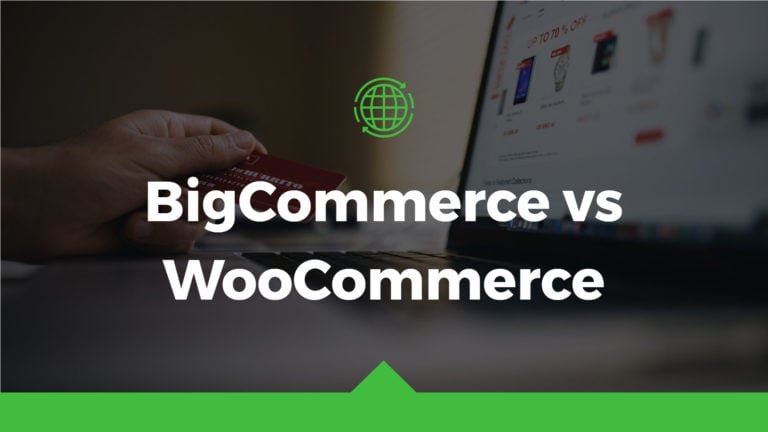A digital marketplace business model is a platform where the buyers and sellers meet. Online marketplaces connect buyers and sellers on the same platform. Amazon, eBay, Uber are top companies operating as a popular digital marketplace. Customers love them for their abundance of choice and shopping convenience. They are very successful and popular because of a lot of features provided by marketplace business models.
For any business owner or entrepreneur, it is important to know everything about the business model they are planning to execute and the different revenue streams that could be generated. The marketplace business model is a vast area having different ways of implications. The marketplaces operate on a simple rule; they work as a meeting junction for buyers and sellers to buy and sell products respectively and the mediator i.e. the Marketplace Company earns profits or commission without any investment. This helps you become popular and stable in the digital marketplace.
You should use one of the tested, trusted, and existing internet marketplace business models for balancing your expenditure and income and stand out as a profitable company such as Amazon, eBay, Uber and more by gathering hundreds of thousands of vendors as well as customers or users. The Digital Marketplace business model can generate more than satisfying revenue for its owner. Now it is time to analyze the Marketplace business model in depth and find out how online marketplaces make money. So, let’s look at the most popular marketplace financial models.
1. Commission Model

Commission Model is the most popular marketplace payment model where a user is charged a fee for each transaction. The basic rule defining it is that the marketplace owner or manager receives previously agreed on part of the transaction that is done at an internet platform. When the customer pays the supplier, the marketplace charges a fixed amount fee for its services.
This marketplace business model is the most common since the fee is justified. Since the model is so popular and effective. The marketplace monetizes every time a user pays for a service or product. The users may operate initially for free and pay later only when they get some value from using the platform. If there is no transaction, then the marketplace owner will receive no money. Charging may be dependent on the value of the transaction, the number of transactions in any period, or on the number of products sold. The pricing model will depend on your marketplace whether it is seller- or buyer-oriented. The challenges addressed in this model are mainly focused on fiscal issues including flat fees or percentages on the transaction, the frequency of splitting a commission with users, or more.
Also Read: Best WordPress Affiliate Plugins
2. Listing Fee Revenue Model
The listing fee revenue model is an online marketplace revenue model when a marketplace charges clients for posting ads on the platform. In this model, the sellers pay for each advertisement and they want to get as much revenue as possible from each one. It is quite a transparent payment option as the marketplace has its own strictly defined stakes for multiple products. This makes them work on the quality of each product or item, instead of creating tons of ads hoping that they will be sold to someone somehow. All users get access to the same information available and have to pay an equal amount of money for goods or services they offer.
The most positive effect of the listing fee model is that with the growth of the marketplace there is an increase in the number of listed goods and the admin is earning more money. Listing fee models directly improve the quality of the marketplace offer. The listing fees are generally small and cheaper than the price of a subscription.
3. Subscription Model

The subscription model is a marketplace business model where a user is charged a regular fee for access to the platform. It is contrary to the commission model. This model provides quite reliable insight analysis on what basis the revenue could be generated in a month, or in a whole year. This is done to calculate the profits available. The value proposition of the online marketplaces helps suppliers to find new clients or getting access to the database of potential clients or partners.
The subscription model is perfect for those online marketplaces who do not have the resources to facilitate the transactions between the users. The subscription revenue model helps you to predict your monthly revenue on a regular basis. Price for membership may vary: the more exclusive membership the more options you get. The users are usually acquired for a longer time. Subscription model is a great revenue model for the marketplace if you already have a community of trusted clients that will be willing to pay for the services provided on your marketplace regularly.
4. Freemium Revenue Model
Freemium revenue model is a marketplace which includes both free and premium features. It is a bit tricky to work with this freemium model. You need to offer very alluring premium features for users. Free features grab the user’s attention easily the most at first. It provides the basic experience free for all the users of the platform. You have to be a bit more creative in how you monetize your platform, if people share products or services for free on your marketplace. But the premium account might give people access to things including insurance, customer support, and other perks.
With the freemium model, users can easily access your platform, post a listing or communicate with each other. Simply offering exclusively premium services won’t be scalable enough as you also need staff to manage the premium services. The premium services need to be tempting for users to be sustainable and scalable. That’s why it is important to combine a freemium model with another pricing model, such as featured listings and ads model.
5. Lead Fee Revenue Model
The Lead fee revenue model is an online marketplace revenue model where a user can post their request and suppliers pay the marketplace fee in order to bid for the customer. This model is somewhere between the listing fee model and the commission models. In this model customers post requests on the site, and providers pay in order to make a bid for these customers. Lead fee revenue model provides you a better value proposition than the listing fee model.
Lead Fee model gives users enough value to pay for your marketplace. In this model the suppliers are connected with the potential buyers, there is no risk for them in spending some money compared to the listing fee. The lead fee model works only if the value of the lead is very high.
6. Featured Listings and Ads
The featured listings and ads model is an online marketplace revenue model where sellers buy advertising privileges to enhance visibility for their offerings on the platform. You get a free listing on the site if you use this model but providers can also pay to have their listing be featured on the homepage of the site. Basically, top sellers or service providers pay to have a featured listing higher than others or be at the top of a certain category.
Do not over advertise products online as it is never good for the business. The featured listings and ads model is used for the addition to the main model. It is also a great revenue model for the marketplace when you want to introduce a new flow of revenue on your site. The main challenge is to drive maximum visitors to the website so that sellers willingly pay for these ads. But avoid overloading your marketplace with ads.
Advantage of Marketplace Business Model:-
Strong network
Marketplace business models are best for creating strong relationships between buyers and sellers. Once you get enough buyers and sellers on the platform, then your marketplace can grow through the strength of its own network. If your platform is beneficial to the intended customer then new buyers will come in automatically.
Great user engagement
Marketplaces focusing on repeated purchases. Greater the purchase higher will be the user engagement. As the marketplace facilitates communication and discovery, customers may get attracted to find the best deals.
Data creation
Marketplaces generate a lot of customer data, which can be used by the operators to sell products and services or take advantage off by setting foot in a new industry
Conclusion:-
One of the important things that can lead you to a great income is choosing the right online marketplace revenue model. In this article, we review the different options for choosing a business model that will help you choose the right marketplace business model for your idea. Modern marketplaces employ many different business models.
In order to make the right choice, you must know all about the challenges that each marketplace business model has and find out which marketplace revenue model is useful and why. Each of the business models has its own benefits and challenges. Choose the best one suitable for your needs.
Interesting Reads:
WooCommerce Apps For Your Online Store






